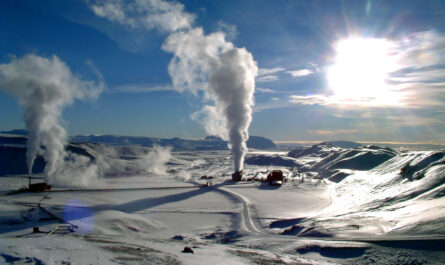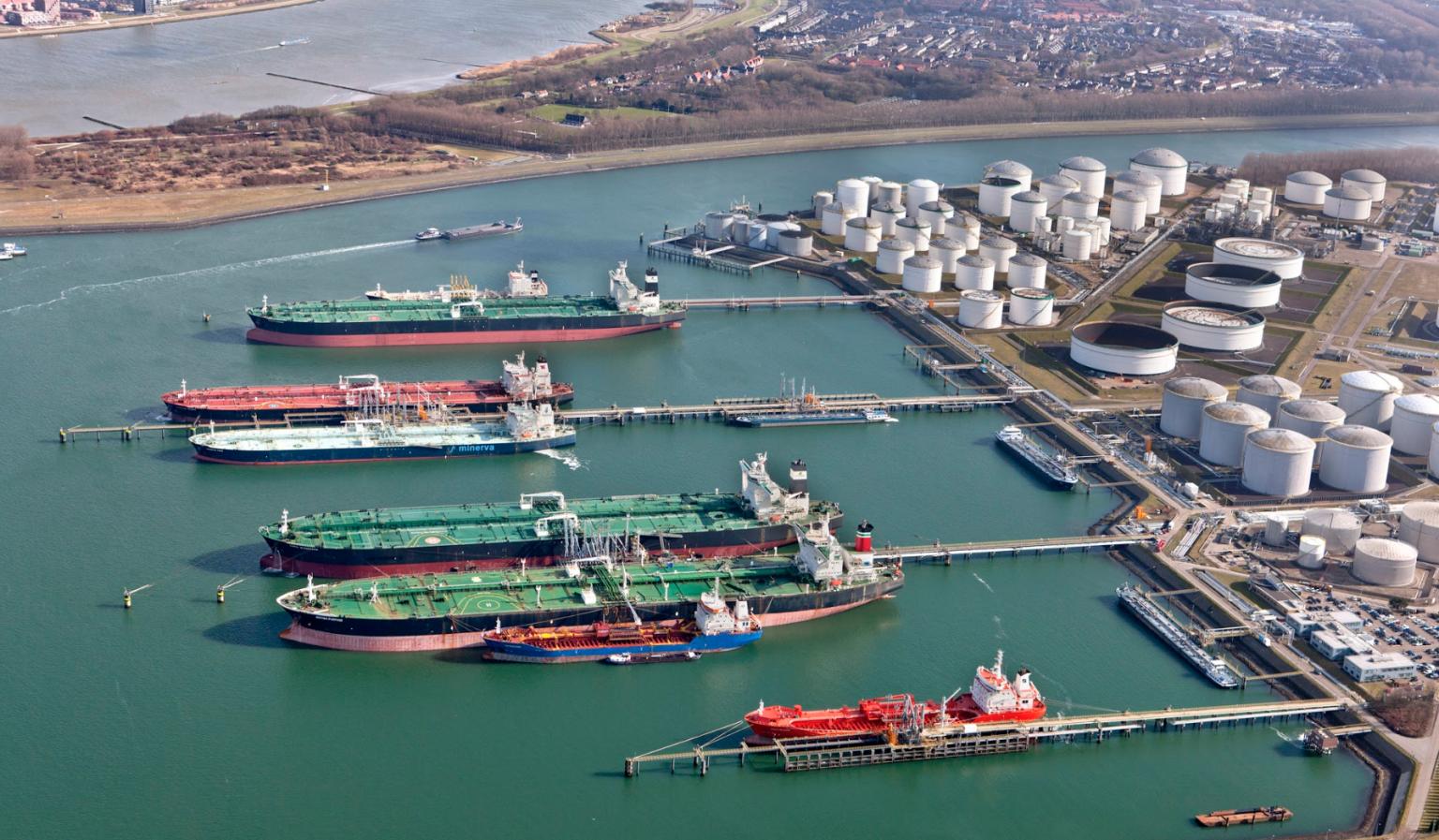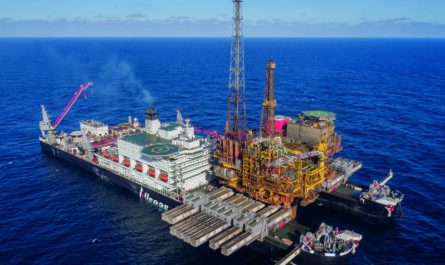Liquefied Natural Gas: The Energy of Future
LNG production process
Natural gas found below the earth’s surface is mainly composed of methane. This gas is usually in a gaseous state at standard temperature and pressure. However, for transportation through tankers, natural gas needs to be converted into liquid form. This process of conversion is called liquefaction.
The process of liquefaction involves cooling natural gas to approximately -162°C (-260°F) at atmospheric pressure which is the point at which it condenses into liquid form, called Liquefied Natural Gas or LNG. At -162°C, the volume of natural gas is approximately 600 times smaller than at atmospheric pressure and room temperature. This reduction in volume makes it economical to transport LNG over long distances by ships.
LNG transportation and storage
After liquefaction, LNG is stored in specially designed cryogenic tanks at a temperature of approximately -162°C. These tanks are double-walled with insulation vacuum between them to minimize boil-off losses during storage and transportation. From the liquefaction facility, LNG is transported to markets through ocean-going tankers or ships.
LNG carriers are also equipped with advanced cryogenic technology to keep LNG in its liquid state. They have a capacity ranging from 138,000 cubic meters up to 266,000 cubic meters. The transportation of LNG through ships allows transferring natural gas from regions of surplus to regions of deficit. Many LNG importing countries do not have pipelines connected to gas producing regions.
Regasification and usage of LNG
On reaching the destination terminals, LNG passes through regasification process before entering natural gas pipelines for distribution and usage. In regasification terminals, LNG is turned back into gaseous form through a process of heating and increasing pressure. The temperature of LNG increases up to ambient temperature during this process.
Regasified LNG has characteristics and applications similar to natural gas. It can be used as fuel for power generation, industrial applications like manufacturing fertilizers, feedstock for petrochemical and refining industries. As a cleaner fuel compared to coal and oil, LNG helps reduce emissions of carbon dioxide, sulfur dioxide, and other pollutants. It plays an important role in transition towards a greener and sustainable energy future.
Advantages of LNG over pipeline gas
While overland pipelines remain the most economical option for natural gas transportation over short and medium distances, LNG has some inherent advantages over pipeline gas for long distance transmission:
– LNG allows monetization of remote natural gas reserves which are otherwise difficult to transport through pipelines. This significantly increases the global gas reserve base.
– As LNG carriers are not tied to fixed routes like pipelines, they provide destination flexibility to customers. New markets can easily be added without building costly pipeline infrastructures.
– Countries with limited pipeline connectivity or subject to geopolitical risks gain energy security with LNG imports.
– The smaller volume of LNG compared to gaseous form reduces the footprint required for transportation and storage facilities.
– LNG doesn’t face same regulatory issues and dependency on transit countries as faced by cross border pipelines.
Growing global LNG trade
According to the International Group of Liquefied Natural Gas Importers, global LNG trade grew significantly to 365 million tonnes in 2021 from 247 million tonnes in 2010. Major LNG importing regions include Asia Pacific, Europe, Middle East, and North America.
Key LNG suppliers are Qatar, Australia, United States etc while top buyers are Japan, China, South Korea, India, and several European nations. Domestic production has enabled some countries like United States to emerge as both importers and exporters of LNG. This has helped diversify their gas supplies and provided new trading opportunities.
With growing energy demand worldwide and emphasis on cleaner fuel resources, global LNG trade is projected to continue surging in the coming years. To capitalize on this opportunity, new LNG projects including liquefaction facilities, pipelines and regasification terminals are being built globally at a rapid pace. LNG will undoubtedly play a vital role in meeting the world’s future energy needs.




